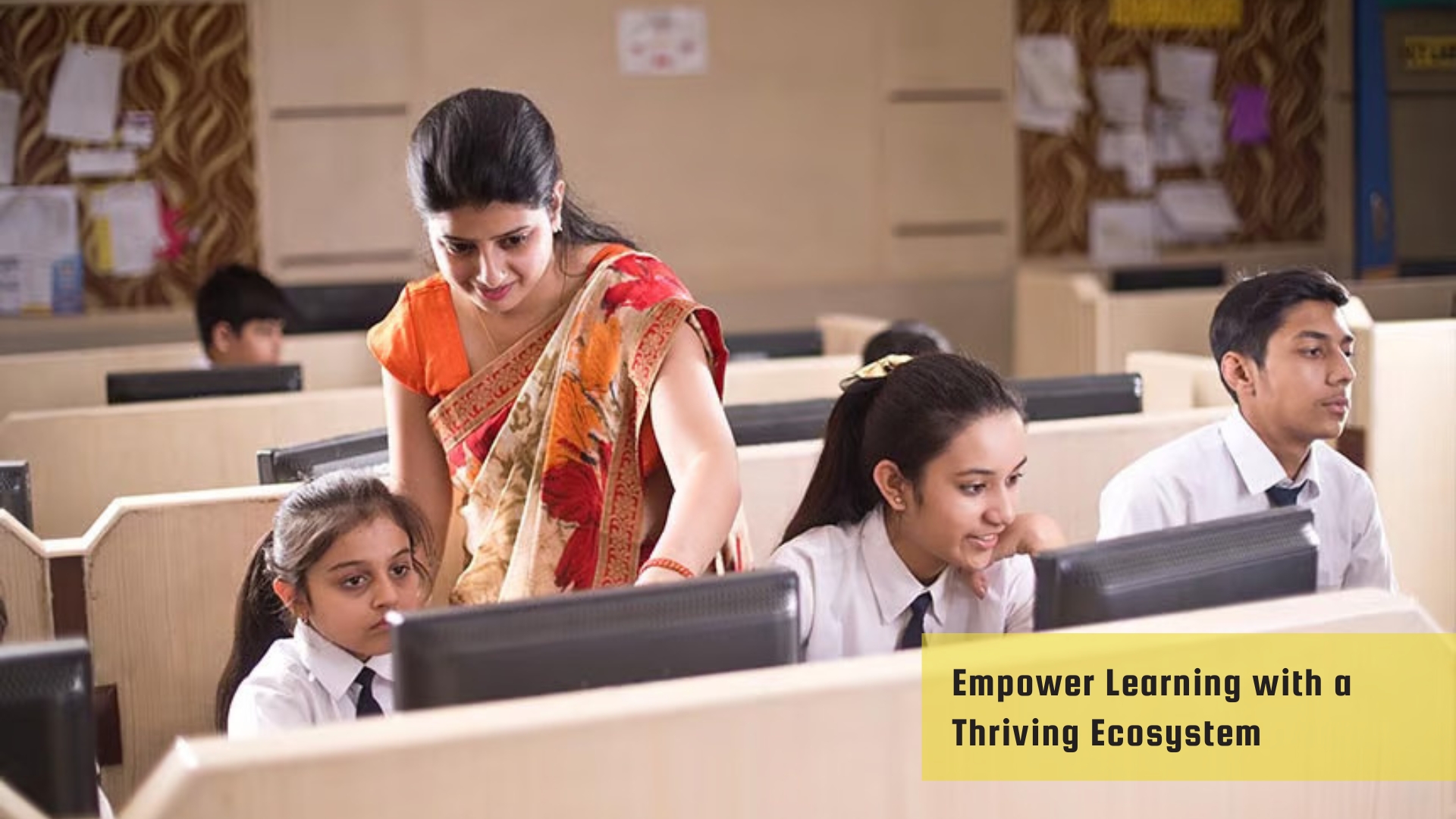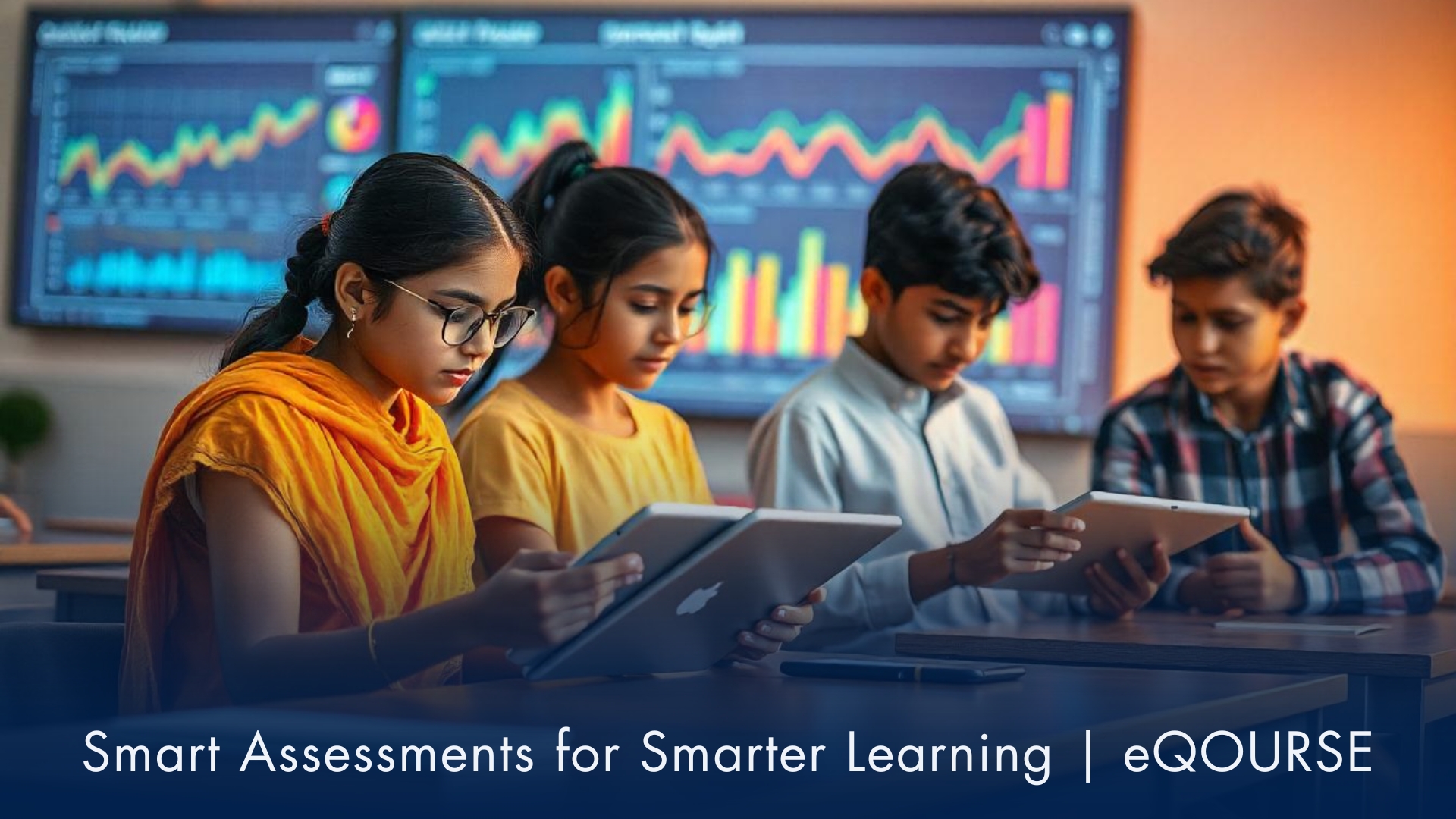Augmented and Virtual Reality in Education
What is Augmented Reality (AR)?
Augmented Reality is a technology that blends the real world with digital enhancements like images, sounds, and animations. These virtual elements appear in real-time, enriching the user’s environment. For instance, pointing your phone at a blank wall might display a 3D art piece or interactive object on your screen.
AR is designed to improve real-world experiences by adding layers of perceptual information, making everyday settings more engaging and immersive.
Why use augmented reality in education?
AR opens up new possibilities for teaching and learning. It helps students understand abstract concepts by visualizing them in a more interactive way. Teachers can use AR to create engaging classroom experiences, introduce innovative skills, and inspire curiosity among students. AR turns traditional lessons into interactive, memorable learning moments, making complex ideas easier to grasp.
How Can AR Be Used in Education?
Augmented Reality has diverse applications in education, from pre-school to higher education and even workplace training.
1. In Schools: AR can help teachers explain difficult subjects through 3D visualizations, enhancing students' understanding and retention. For example, AR apps can show how planets orbit the sun or how molecules bond in chemistry.
2. In Colleges: Professors use AR platforms to gamify lessons and make learning material more engaging. Complex concepts in engineering, medicine, or science can be simplified through AR.
3. Across Age Groups: AR isn’t limited to a specific grade or education level. Its versatility makes it equally useful for young learners, college students, and professionals.
How does AR work?
AR is a part of the broader Extended Reality (XR) spectrum, which also includes Virtual Reality (VR) and Mixed Reality (MR). While VR creates an entirely virtual environment, AR adds layers of digital content to the real world.
Here’s how it works:
- Devices: Smartphones, tablets, or AR glasses like Google Glass and HoloLens serve as tools for AR.
- Software: AR apps or software generate the digital content and layer it over the user’s real-world view.
- Real-Time Interaction: Users can see and interact with virtual objects as they move their device or adjust their perspective.
Examples include smartphone apps like Pokémon GO, which superimpose digital elements on real environments, or AR glasses that project instructions or visuals directly into the user’s field of vision.
Transforming the Learning Experience
AR has the potential to change the way students learn by providing real-time, interactive environments. It integrates virtual objects into real-world settings without replacing them entirely, creating a blended learning experience.
Key Benefits of AR in Education
-
Improved Learning: AR makes lessons visual and interactive, which helps students retain information better.
-
Flexibility: Learning materials are accessible anytime, anywhere, reducing dependency on physical books or handouts.
-
Practical Skills: AR supports real-life training in industries like healthcare and aviation, enabling learners to practice in safe, virtual environments.
-
Engagement: By gamifying lessons, AR makes learning fun and captivating for students of all ages.
Real-Life Examples of AR in Education
-
Dinosaur 4D+: This app uses flashcards to display 3D dinosaurs on your screen, allowing students to rotate, zoom, and learn about these creatures interactively.
-
Element 4D: Students can explore chemical reactions and element properties by scanning simple paper cubes using this AR-based chemistry app.
-
Google Expeditions: With over 100 AR-based lessons, students can explore virtual volcanoes, DNA structures, and even historic landmarks like the moon landing.
These examples highlight how AR can make learning enjoyable, visual, and interactive across subjects like history, science, and more.
AR in Professional Training
AR is also transforming professional training, especially in industries like aviation, military, and healthcare.
- Astronaut Training: NASA uses AR for hands-on crew training, allowing astronauts to simulate tasks like repairing a space station.
- Military Training: AR creates virtual simulations for soldiers to practice using equipment or navigating dangerous scenarios safely.
- Hospitality and Aviation: Trainees can use AR to learn complex tasks, such as assembling aircraft components or handling customer service scenarios.
AR in eLearning Applications
As remote learning becomes more common, AR is playing a crucial role in keeping students engaged. eLearning platforms use AR to bring lessons to life with interactive graphics and 3D models. For example, an AR-enabled app can scan real-world objects and provide detailed explanations, making self-learning more intuitive.
Key benefits of AR in eLearning:
- Interactive Lessons: Students can visualize concepts in real-time, making them easier to understand.
- Enhanced Engagement: AR tools gamify lessons, keeping learners motivated.
- Customizable Content: Teachers can design personalized lessons using AR apps tailored to specific subjects.
Benefits of Augmented Reality in Education
- Fast and Effective Learning: AR combines visuals and speech, targeting key sensory areas for quicker information retention.
- Accessible Learning Materials: AR eliminates the need for physical textbooks, making learning affordable and accessible from anywhere.
- Hands-On Training: Learners can practice complex tasks, like cooking or operating machinery, without real-world risks.
- Increased Interest: AR transforms traditional lessons into exciting, interactive experiences, boosting students' enthusiasm.
The Future of AR in Education
As technology evolves, AR is becoming more affordable and accessible. Its adoption is expected to revolutionize the traditional education system, creating immersive learning environments that improve student engagement and understanding. Institutions investing in AR will stand out, offering students an unparalleled educational experience.
To stay ahead in the rapidly evolving educational landscape, institutions must leverage technologies like AR to foster innovation and growth. Explore our blog for insights on how augmented reality is shaping the future of learning and inspiring the next generation.




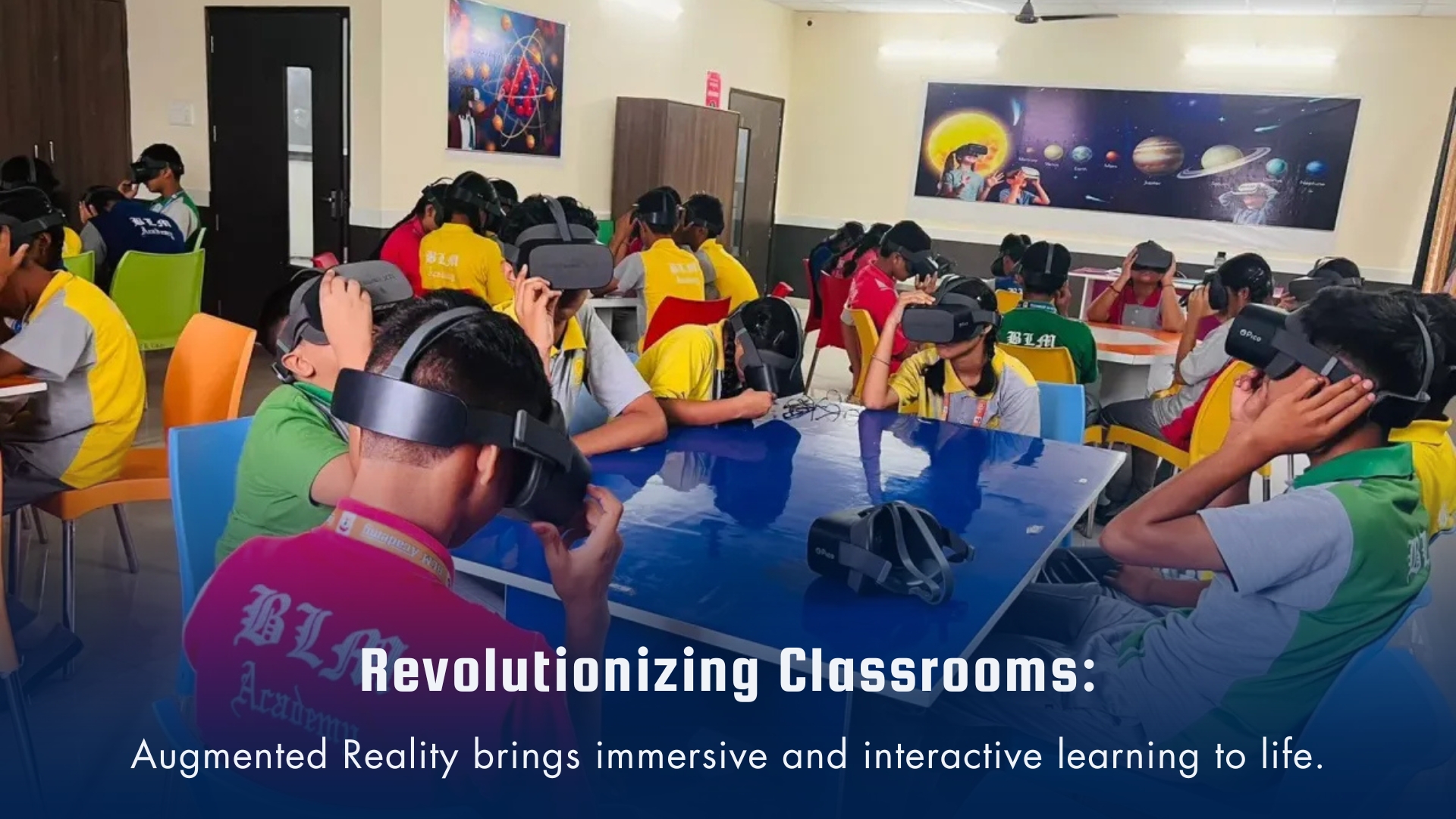


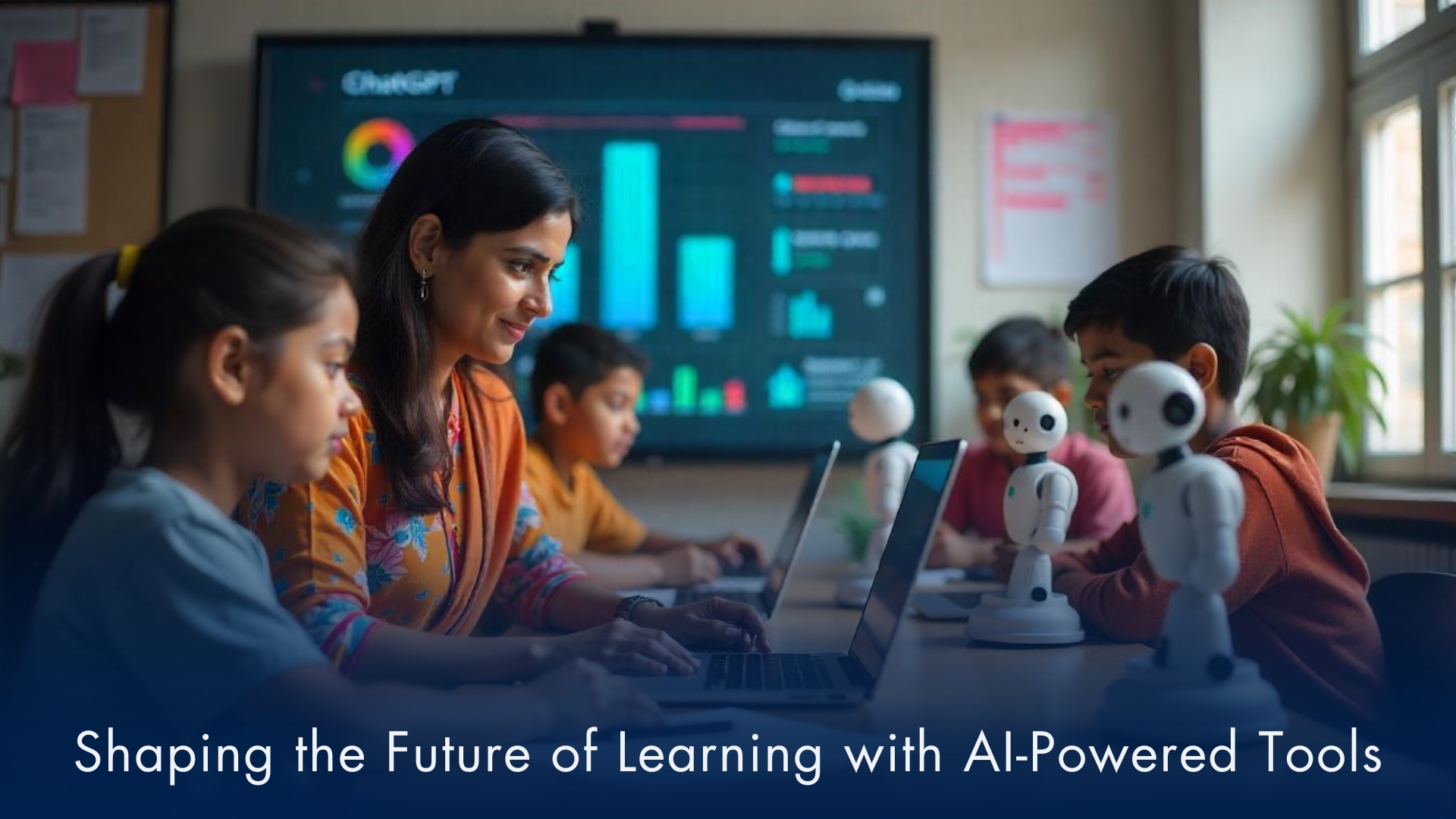

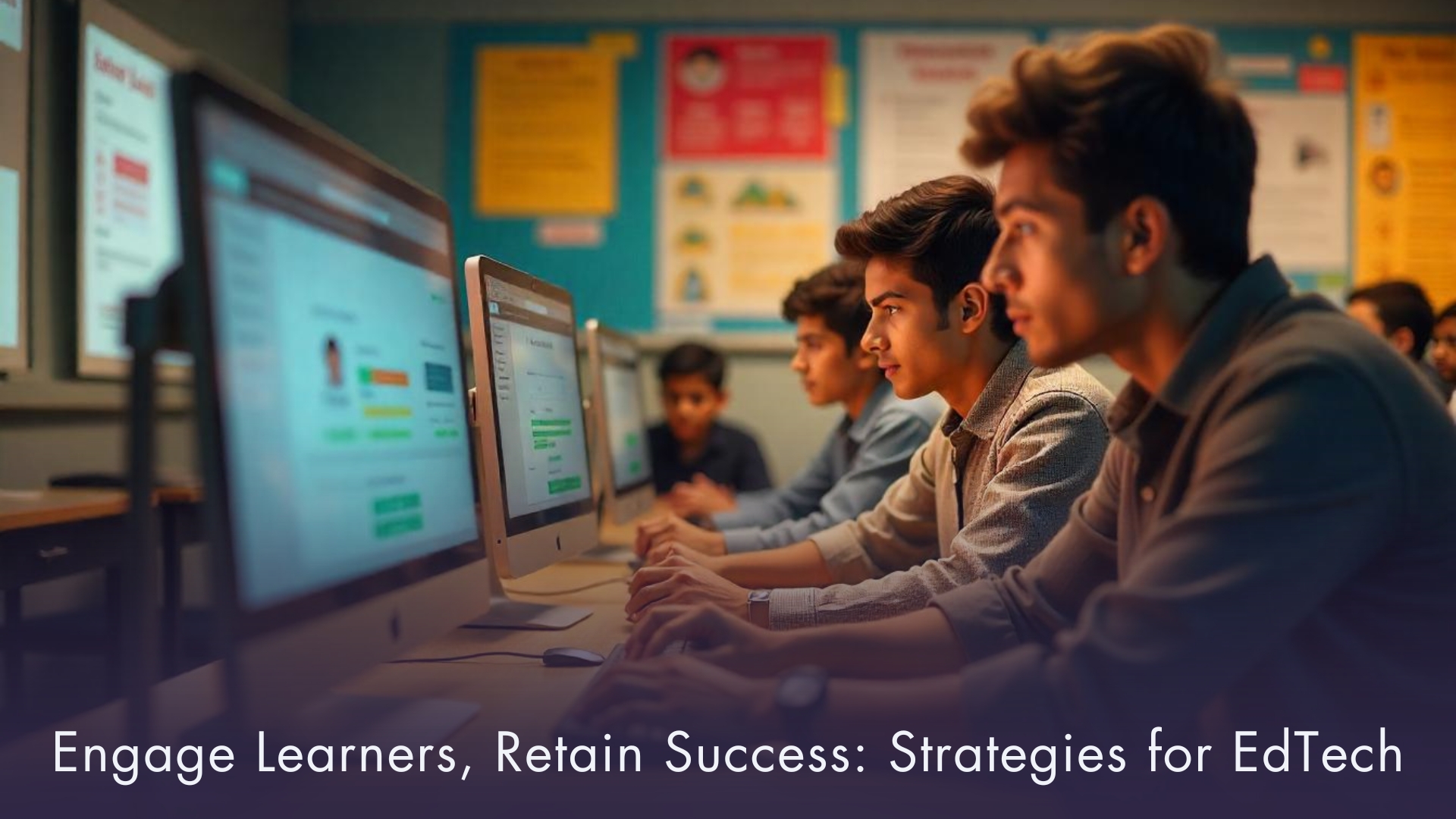

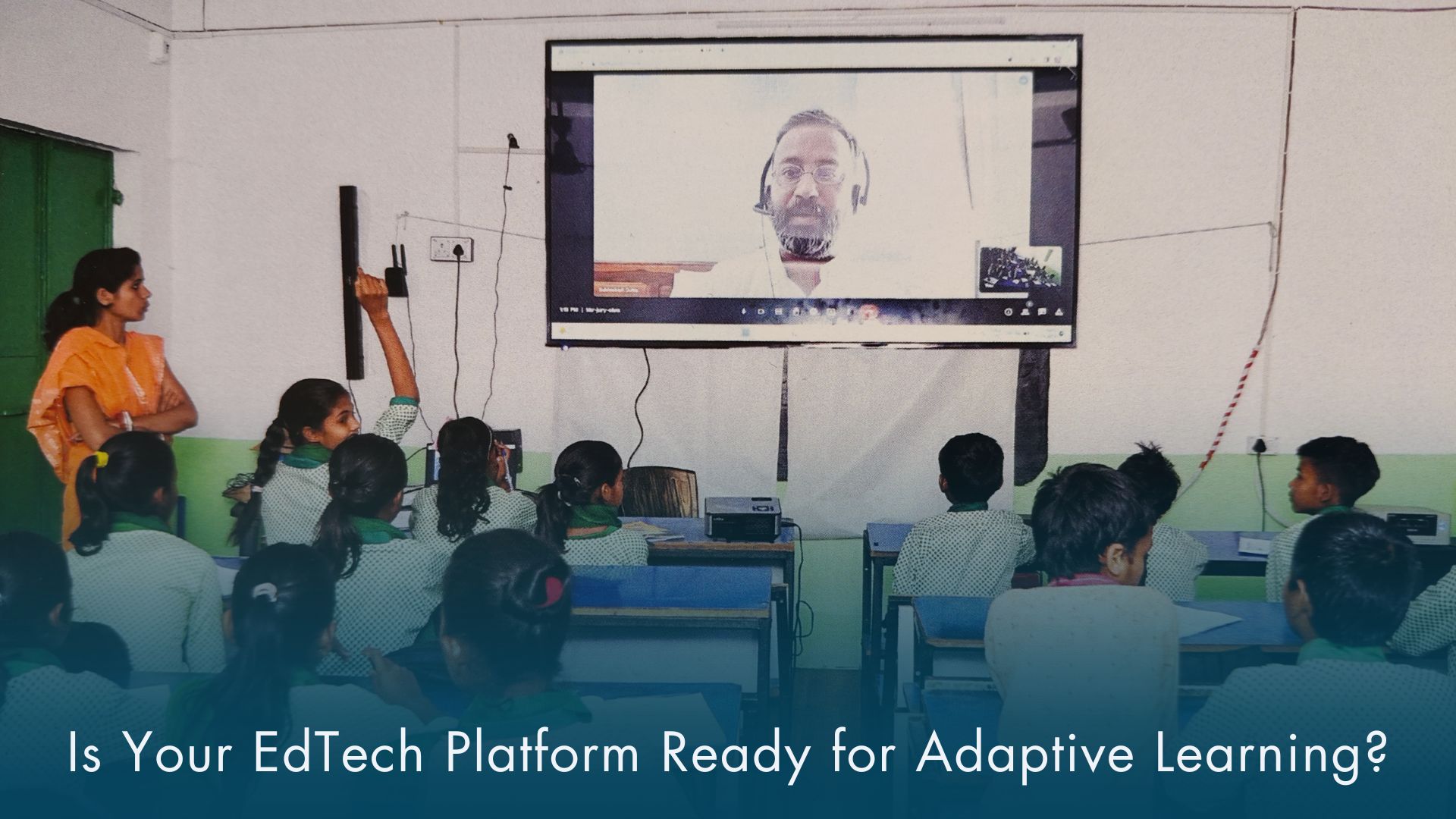



.jpg)
